State and private space: Russia's competitive opportunities
In the past ten years, we are literally witnessing a revolution in private space exploration. It began in the United States, but today this revolution is changing the approaches to the use and conquest of outer space throughout the world, including in the aspects of the scientific and technical policy of states and their competition in this direction. In parallel with the rapid growth of the commercial space sector, qualitative changes are observed in the field of space technology. Of course, all the changes occurring affect Russia and its long-term interests.
The revolution of commercial space
From the very beginning of space exploration in this area, there have been private companies that have acted as contractors for government contracts within the framework of space programs, as well as independently developed and created spacecrafts and services based on them. It is important to emphasize here: the state order covered the development and creation of launch vehicles, other means of removing payloads, satellites, scientific equipment, cargo and manned spacecraft and orbital stations. The telecommunications sector has turned out to be attractive for private investment since the 1960-s - the development, creation and operation of communications and broadcasting satellites. This alignment was generally maintained over the next 35 – 40 years.
Prerequisites for change began to emerge in the second half of the 1980-s, when they began to realize the economic effects of space activities and the commercialization of technologies created in aerospace industry under government contracts. This area is increasingly comprehended in the categories of potential profits. Let's not forget about the role of the Cold War as an incentive for huge government investments in space programs. However, at the end of their confrontation, the Soviet Union and the United States themselves increasingly talked about the surplus value created by each ruble or dollar invested in such programs.
In addition to the more prudent approach of the superpowers to their spending on space, the “revolution in military affairs” that began in those years played a significant role. The integration of space communications, reconnaissance and navigation systems into the daily activities of the armed forces and the emergence of the “high-tech war” phenomenon [1] required the involvement of a significant number of civilian specialists, as well as the use of commercial communications satellites by the troops.
The beginning of the new era was the war in Iraq 1991, after which it became clear that no army can fully meet their needs for space systems through the use of exclusively military vehicles - too expensive. At the same time, it was clear that, for example, navigation satellite systems (then it was the American GPS and the Soviet / Russian system, later called GLONASS), the creation and maintenance of which is commercially unprofitable, should be part of the civilian economic infrastructure, like roads and electric network. With the development of technology, such remote infrastructure probes have turned into the category of such infrastructure — and even turned into a separate segment of the space business; they allow high-resolution imagery of the Earth’s surface and transmitting real-time data to a wide range of customers (initially satellite-based surface imaging was carried out solely in the interests of intelligence).
Another powerful incentive for the development of commercial space exploration was the collapse of the Soviet economic system and the formation of a global market for space goods and services, to which Russian and Ukrainian enterprises with launch vehicles and rocket engines have now emerged. A little later, they were joined by China, carrying out commercial launches of satellites with the help of its launch vehicles and producing satellites for customers from Africa and Latin America. Russia also became a pioneer in the commercialization of the work of orbital stations and the emergence of space tourism (this started back at the Mir station).
The end of the Cold War freed a considerable number of specialists previously employed in government programs from the aerospace industries of the United States and Russia. And we must pay tribute to the Americans - they were able to create the conditions for some of these people to remain in the profession, switching to commercial space issues or establishing their own space companies. Thus was formed the "ecosystem" of private astronautics.
Still, the reference point for the revolution in commercial space exploration was 2001. Then, a fully private suborbital spacecraft “SpaceNisXNX” made its flight, which was sponsored by billionaire Paul Allen and formed the basis of a project to create a spacecraft for mass space tourism. For the implementation of this project, known as "Spaceship-1", together with P. Allen took the company "Virgin Galaxies" billionaire Richard Branson. A year later, another billionaire, Elon Musk, founded Space Exploration Technologies, which eventually developed the Falcon launch vehicle family and the Dragon cargo spacecraft.
The main thing you should pay attention to is that private capital has begun to carry out venture capital investments in the field of space transport, the purpose of which is to reduce the cost of delivering goods and people to orbit and returning them to the ground. Thus, the cost of removing cargo into low near-earth orbit with the Falcon-9 rocket is 4300 dollars / kg, and on the Falcon Hevi rocket it is reduced to 1455 dollars / kg. For comparison: the cost of launching cargo into low Earth orbit by the Russian Proton-M rocket - 2600 – 4500 dollars / kg [2].
The rocket "Falcon-9" project SpaceX
Government policy also plays a role here. In 2000, the US government carried out the Constellation program (the so-called lunar program of J. Bush, Jr.) (1, 2, 3) to transfer business over the decades to the technology and experience, and also actually abandoned its own new projects in the field of applied manned cosmonautics and rocket production in favor of orders for the services of commercial space systems. Thus, it partially "insured" the investment of the business.
At the same time, NASA's American space agency was able to focus on fundamental space research and development, as well as integrating the results obtained in civil and military space activities into the field aviation. In particular, here we can mention the experimental high-altitude unmanned solar-powered unmanned aircraft, the adaptation of the aviation and space systems involved in military unmanned aviation to the needs of the commercial sector, as well as the development of the technology of the “flying wing”, first used on military aircraft and space shuttles, in civil aircraft manufacturing. This should be taken into account, since the space and aviation industries need a synthesis that creates the basis for their mutual technological enrichment and is one of the key locomotives of economic development.
Vectors of global competition
Speaking about the directions of the space activities of key foreign players, three of them can be distinguished.
Deep space research. This includes sending vehicles to other bodies of the Solar System - to the Moon, asteroids, Mars, other planets and their satellites. The United States, Europe, Japan, China, and India participate in these studies. However, the goals of the players vary in details. If Americans and Europeans carry out super-complex missions to maintain their scientific and technological leadership, then the missions of China and India are simpler in content and are aimed at improving their own technological and industrial base through these projects. At the same time, in December 2013 sent to the Moon the Chinese automatic research station Chang'e-3 as part of the landing module and the lunar rover Yuytu, together with the successful completion in the summer of the same year of the program of manned flights of the first Chinese orbital station Tyangun-1 testify to the desire of the PRC to become a space power capable of fully acting independently in space. As for Japan, its goal is to maintain primacy in individual technological niches in the field of robotics and the natural sciences in order to have opportunities for mutually beneficial cooperation in space with the United States and the EU, as well as for superiority in these niches over China.
Chinese automatic science
station "Chang'e-3" on the moon
Astrophysics. Here we are talking about the study of the structure of the Universe, other star systems, the verification of basic concepts of theoretical physics. The championship in this direction is kept by the Americans and Europeans, and there is no talk about active competition from other players. Russia retains the potential to implement such projects, which corresponds to its vital interests, but it needs a verified policy in the field of basic space research.
New spacecraft. Leadership in this area remains with the United States, and significant research and development in this area is also being implemented by the European Space Agency. The criterion here is not so much the cost of space programs, but the quality of the devices being developed and the complexity of the scientific missions being sent again to space [3]. New spacecraft along with new launch vehicles are designed to simplify and cheapen the use of the near-Earth orbit to solve various applied problems, have greater flexibility in use, and also have a long service life and maintainability.
Of particular note is the American X-37B unmanned reentry shuttle, which was created in the interests of the US Air Force and has already conducted a series of long-term experimental flights in orbit. In devices of this class, the most promising and valuable is the ability to play the role of an operatively deployed system of space communications and intelligence over a given area of the earth’s surface, which the armed forces need in preparation for the conflict and the conflict itself.
Such a system allows to solve the problem of lack of capacity of commercial communication channels in the event of hostilities, as well as the problem of satellite coverage of various regions of the Earth. Currently, the X-37B plays the role of an orbital laboratory, where new space technologies are being worked out. In the future, the use of such devices (improved compared to those tested today) will apparently include the maintenance and upgrading of already deployed satellites and telescopes.
American space drone
X-37B
For comparison, we note that the European experimental reusable suborbital shuttle IXV is created for testing the technologies of future space transportation systems. At the same time, the Europeans at the beginning of 2014 officially became interested in the private development of the manned reusable shuttle of the American Sierra Nevada Corporation.
Speaking of new manned spacecraft, it is worth noting that the American company Boeing is developing a reusable CST-100 cargo and passenger vehicle with a capacity of up to 7 people. Despite the fact that it is planned to test and initially use it on the ISS, it is intended rather for servicing and delivering passengers to a private orbital space station, which is being developed by the American company Bigelow Aerospace. At the same time, Boeing and Lockheed Martin, under a NASA contract, are participating in the creation of the multipurpose research manned spacecraft Orion <(1, 2). Flight tests of this spacecraft should begin as early as 2014.And although the United States does not yet have a clear understanding of whether a new manned expedition to the Moon or to one of the nearby asteroids is needed, companies in the American space industry are busy developing basic technologies in this direction and rethinking the experience of previous manned programs.
These areas of global space competition also have political implications. New projects in which the principal cooperation of the leading space powers would be possible, as was the case with the Peace-Shuttle and the ISS programs, are virtually non-existent today. Different approaches, goals and opportunities, including different institutional arrangements for space activities, make it difficult to find a common language and common interests in space. However, what cannot be achieved at the state level can well be achieved at the level of the academic, university community and business.
Russia in the new reality
using the ship "Orion" for
asteroid research
Against the background of the ongoing processes, the space activity of Russia for a long time was characterized by a combination of inertia and attempts to develop a new strategy. This state of affairs was objectively conditioned — the restructuring of the Soviet aerospace industry and its adaptation to market economy conditions, given the failure of conversion policies in 1992 – 1993, could not happen quickly. In addition, the foreign demand for domestic space products in 1990-s and the possibility of the existence of enterprises on old stocks created in Russian society a false illusion that one should not make much effort to the space program. The situation began to change by the end of the 2000s, when a series of unsuccessful space projects and missile launch accidents, as well as changes in the international competitive scenario, forced Russia to critically reflect on its position in this area.
Today, the Russian government is pursuing a course to create the United Rocket and Space Corporation (ORKK), designed to unite and optimize state assets in the field of rocket production and the creation of spacecraft. It is reasonable to ask here: how can this new structure be competitive in the international context and in the conditions of the development of private space companies?
URCC has a high chance of success if it works as a development corporation. First, Russia needs a new family of launch vehicles. The Angara carrier rocket, which is in preparation for flight tests, is a significant, but only the first step along this path. Secondly, the criterion of success and competitiveness of new launch vehicles should be the real, and not state-subsidized price per kilogram of the withdrawn cargo. Today, the main battle in this direction is to reduce this figure to less than 1000 dollars / kg. And the main thing is that the activities of the space complex complex should be subordinated to the national strategy for space exploration, which must be developed now and publish the results of such work. A key task should be to conduct basic research in space and related R & D.
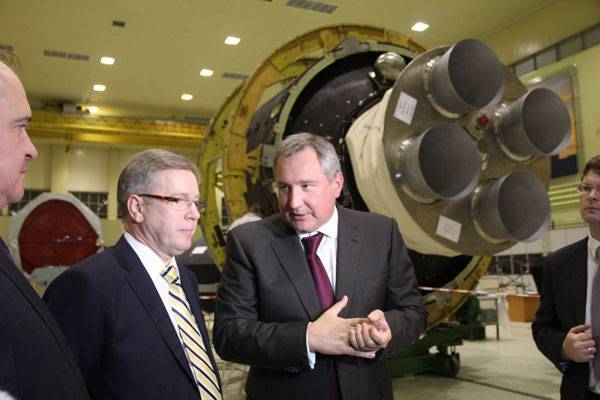
carrier "Angara" in the Center. Khrunichev
It is important for Russia to form the understanding to which the Americans arrived a half decade ago: no space activity at public expense, including sending cosmonauts anywhere, makes no sense if it does not lead to obtaining fundamentally new knowledge and technologies. And such an understanding today is taken as a basis for goal-setting not only Washington and the Europeans, but also Beijing, Tokyo, and Delhi. In this regard, it will be a mistake if ORKK continues to exist in the same paradigm in which Russian space enterprises and holding companies exist, namely, maintaining the production potential at the minimum sufficient level and servicing the needs of government departments and less often state companies. Of course, such an approach assumes that Russian satellite communications and broadcasting systems should be created at the expense of communications companies and large television holdings, and not at the expense of the budget within the framework of state programs.
On this basis, it will be possible to develop new projects of international cooperation in space with the participation of Russia. In the coming years, they are unlikely to be many, but a clear formulation of goals, organizational structure and financial plan will ensure our country’s equal participation, and somewhere, full-fledged leadership in such projects.
We should not forget that there is also potential for the development of private cosmonautics within Russia. Of course, it is consistent with the state and capabilities of the domestic market, but it clearly exceeds what we are seeing today in Japan, China or India, where it is still difficult to talk about private space exploration. We are talking about private undertakings that are repelled by the Russian scientific community. The Selenokhod research team, which until December 2013 participated in the Google Lunar X Prize competition to create and send to the lunar surface the first private Robot (this team gave rise to the domestic venture company in the field of robotics - "RoboCV"). Another example of Russian private cosmonautics is Dauria Aerospace, founded by billionaire Mikhail Kokorich and having offices in Russia (Skolkovo technopark), Germany and the USA. The company plans to develop and deploy a system of communication and monitoring satellites and provide consumers with their services via electronic subscription.
Satellite DX-1, created by
Dauria Aerospace
The intensive development of private space exploration, which began in the United States in the past decade, is changing the global practice of space exploration. In fact, we can talk about the commercialization of all activities that are conducted in Earth orbit, including manned flights. This became possible due to the fact that private companies creating space rockets and spacecraft based on new technologies, managed to significantly reduce the cost of launching cargo into near-earth orbit. At the same time, the informal status of a leader in the space sphere today, more than ever, depends on the ability of a particular country or group of countries to conduct a wide range of fundamental space research that forms the necessary technological and industrial potential.
Russia has high chances to adapt to world trends in space exploration and take a worthy place in the fields of basic research and private astronautics, creating an ORKK structure and favorable conditions for the emergence of space startups in a university environment. The necessary prerequisites here are a clear and transparent strategy formulated by the country's political leadership, and the will to implement it. On the whole, space exploration will remain a highly politicized sphere of international relations, and in order to maintain leadership potential in this sphere, Russia must be able to put forward and implement advanced scientific and technical ideas.
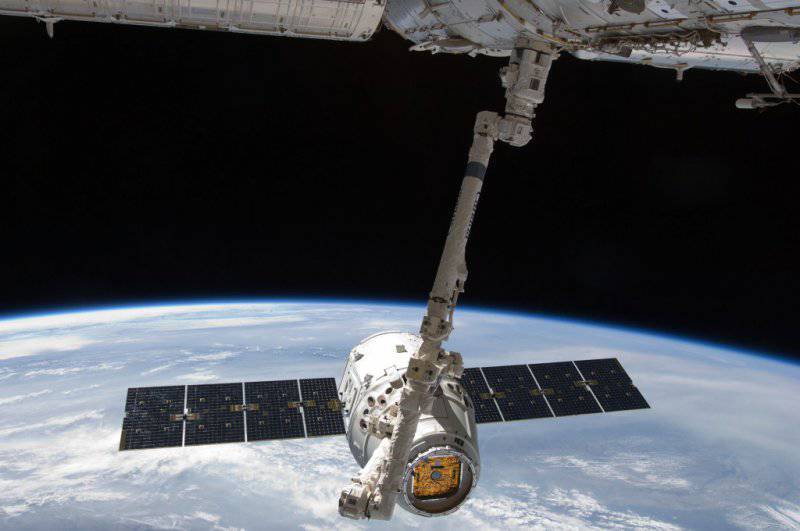
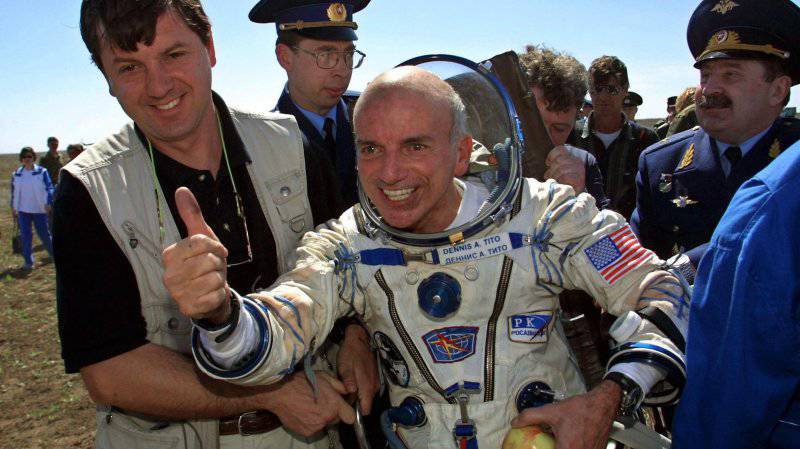
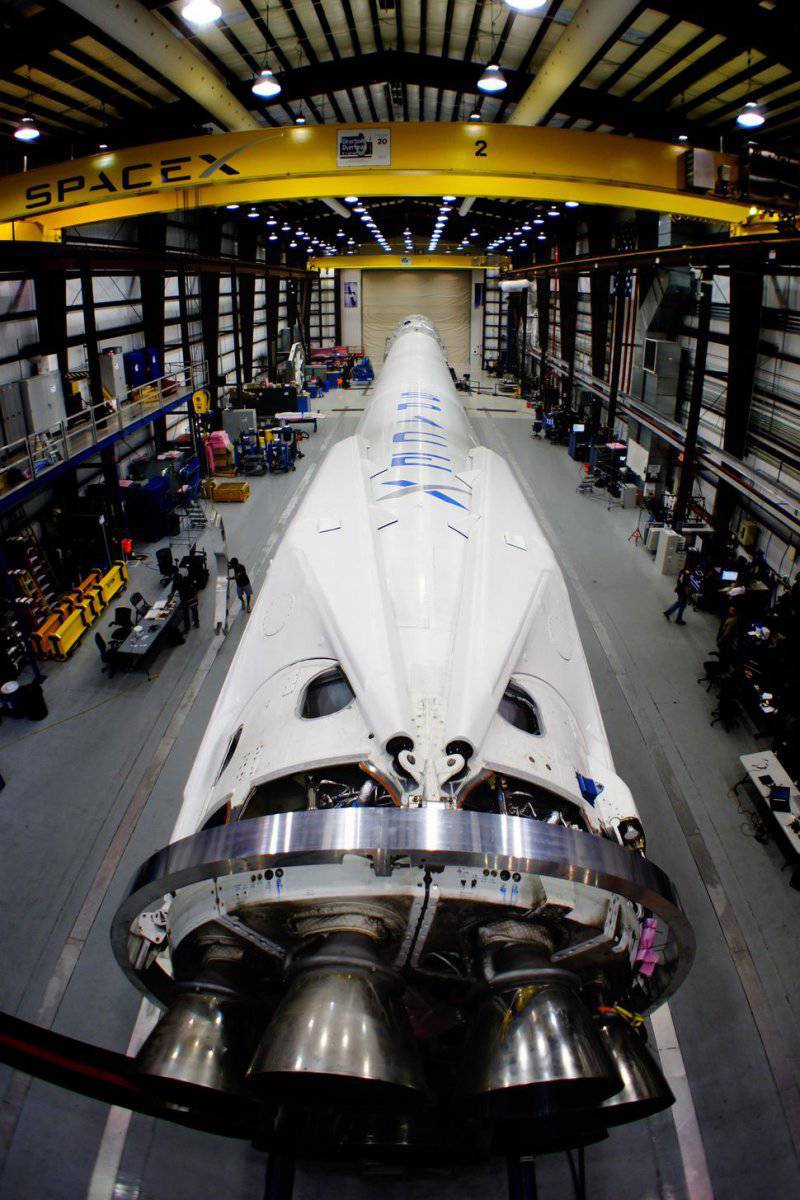
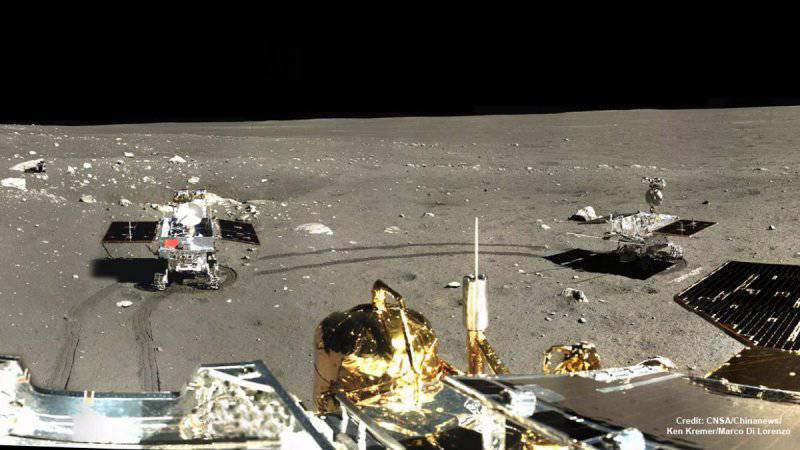
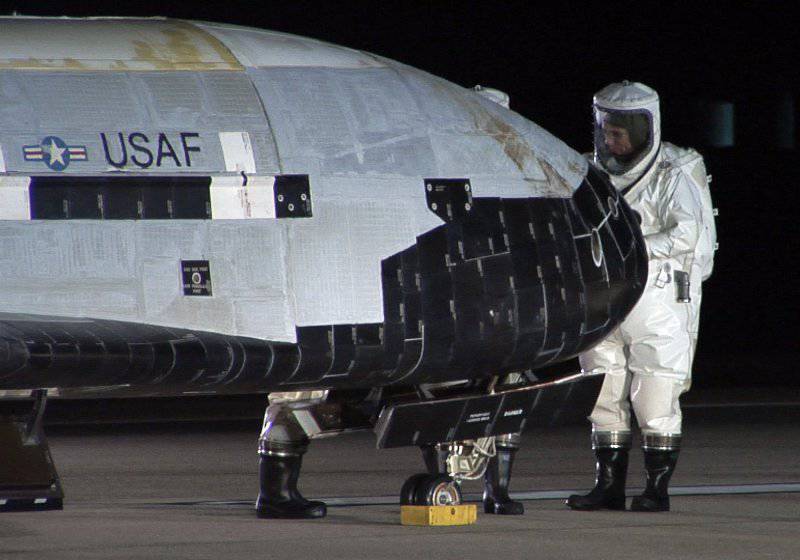
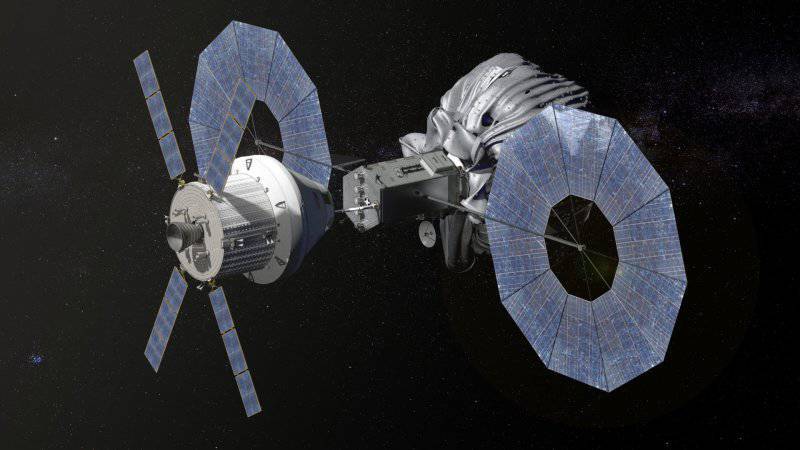
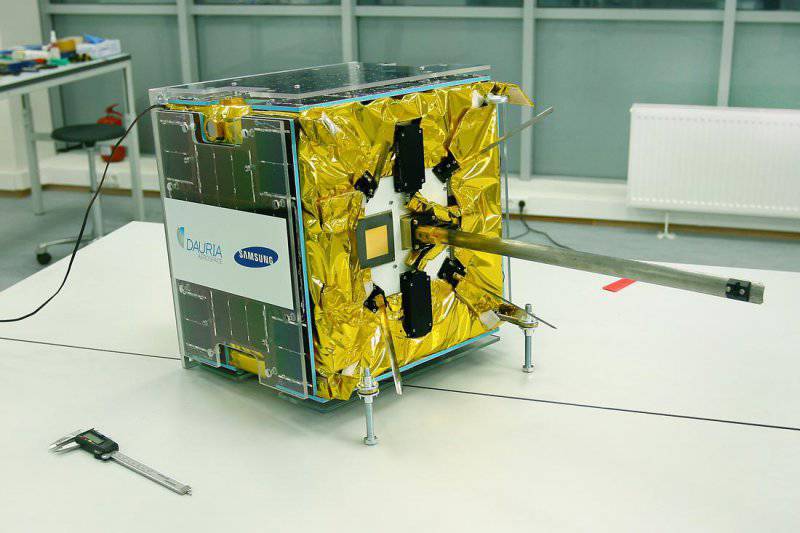
Information